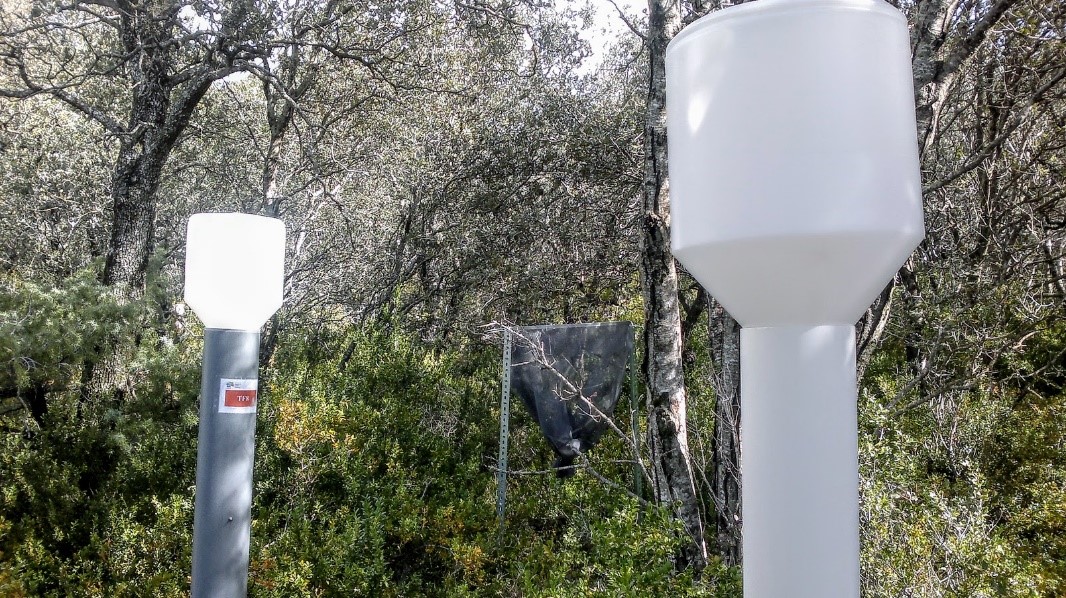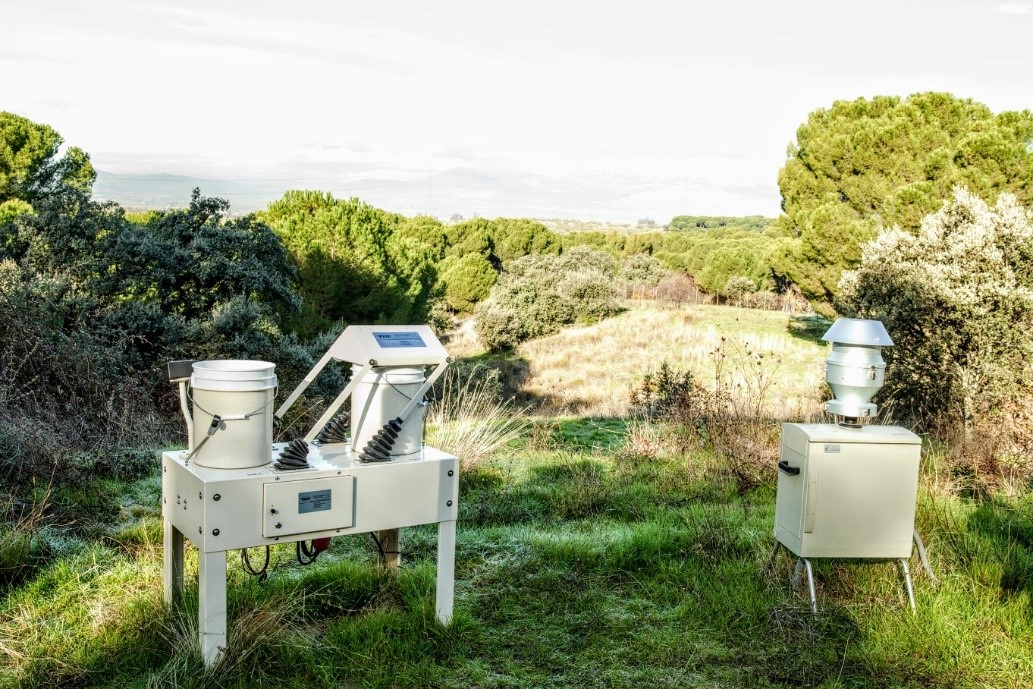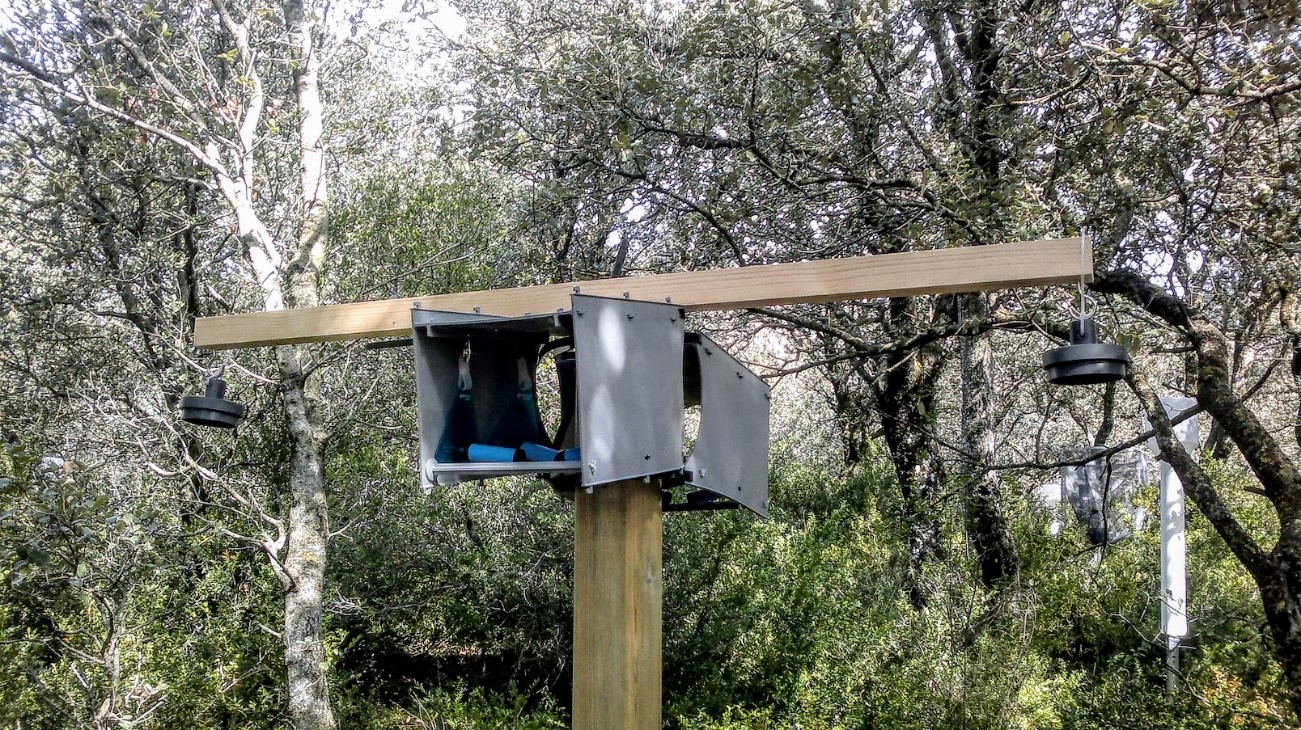 Impacts of nitrogen on Mediterranean forests
Impacts of nitrogen on Mediterranean forests
Atmospheric deposition of nitrogen (N) compounds is considered the third most important threat to biodiversity after land use change and climate change.
The Mediterranean basin has an extraordinary biological richness, being recognized as one of the 25 priority areas for biodiversity conservation at the global level. However, the quantification of the total atmospheric N deposition (wet and dry) in forests is an unresolved issue in forest biogeochemistry core topic , as well as the threat that atmospheric pollution may pose to biodiversity in this region.

In this sense, there is evidence of N enrichment in Spanish ecosystems, especially in mountain areas where the most sensitive habitats to N deposition are located, and in broadleaf sclerophyllous forests (Quercus ilex L.).

The project INDOVA, financed in the framework of the Challenges Program research of the Ministry of Economics, Industry and Competitiveness, has the following objectives: (i) optimize the estimation of atmospheric nitrogen deposition in vulnerable areas of the Mediterranean area (mountain areas and sclerophyllous forests), (ii) refine the nitrogen balance in Mediterranean holm oak forests, (iii) calculate critical nitrogen loads for Mediterranean ecosystems vulnerable to high nitrogen loads and, (iv) study the combined effect of nitrogen deposition and other important global change factors in the Mediterranean area , such as water availability and tropospheric ozone concentration.

INDOVA is a coordinated project involving researchers from CIEMAT, CREAF and the University of Navarra.
